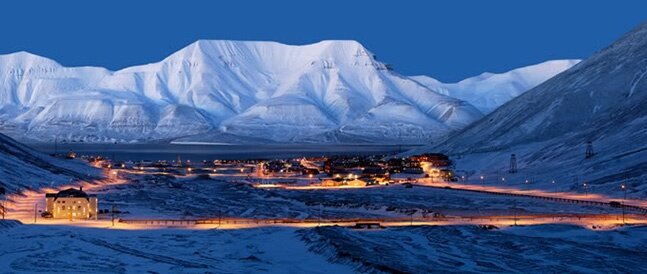Svalbard may soon no longer be considered the Arctic, according to researchers. By the year 2100, the farthest north of the archipelago can be 20 degrees warmer than today.
This is stated in a future report from the Norwegian Climate Services Center, writes Klassekampen.
By the year 2100, winter in the archipelago will be an average of ten degrees warmer. Farther north, on Kvitøya, the temperature in 80 years will be 20 degrees higher than today.
– “Climate change will make Svalbard less arctic. The archipelago will have more of a coastal climate and become less dry and cold,” says climate scientist Herdis Motrøen Gjelten at the Meteorological Institute.
The glaciers will shrink and snowfall is expected to creep up the mountains as the temperature gets warmer. By the end of the century, Svalbard will have 40 percent more rainfall than today, according to Gjelten.
“If CO2 emissions go down globally, the world will experience an increase of around one degree, while Svalbard will be four degrees warmer,” says the climate researcher.
In a scenario with medium CO2 emissions, the temperature in Svalbard will increase by 6-7 degrees over the next 80 years. With a high emission scenario – those of today’s emissions continue – the annual average will be ten degrees warmer by 2100.
© NTB Scanpix / #Norway Today







Be the first to comment on "Winter in Svalbard can get up to 20 degrees warmer in 80 years"